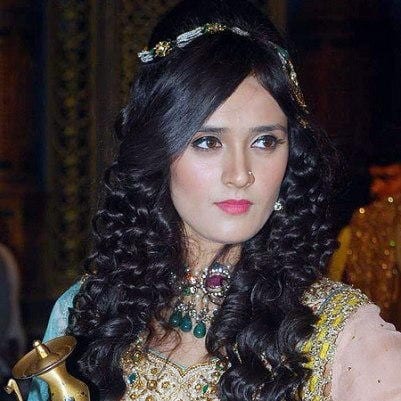

This was his way of testing who would be best suited to succeed him.


But Iltutmish was a man way ahead of his times.Īccording to Historian Rukhsana Iftikhar who has published the book Indian Feminism: Class, Gender & Identity in Medieval Ages Iltutmish is said to have decided to test his children after the untimely death of his eldest son Nasir-Ud Din Muhammad in 1229 CE. Blessed with 3 sons and one daughter, few imagined that his choice of heir would be so controversial. He was Delhi’s Sultan from 1211 to 1236 CE.

Map showing Delhi Sultanate under Aibak and Iltutmish | Neha ParabĪfter the death of Aibak in 1206, a brief battle of succession ensued before his son-in-law Iltutmish took charge. In a world of self-made men and monarchs, succession was naturally based on merit and there were oftentimes, multiple claimants. The Delhi court was dominated by Turkic generals, who were born slaves, but had risen up the ranks based on their talent and brute force. It was his general, Qutubuddin Aibak who would become the first Sultan of Delhi and establish what would be called the Slave or Mamluk Dynasty. In 1192, Mu’izz ad-Din Muhammad of Ghor defeated Delhi’s ruler Prithviraj Chauhan in the Second Battle of Tarain and opened the chapter of Islamic rule over Delhi. To understand Razia, we need to understand the society that she was born in. This seems to sum up the life and struggles of Razia Sultan. Miraj further went on to say that her only tragic flaw was that she was born a woman. ‘ She was a great monarch, wise, just, generous, benefactor to her realm, dispenser of justice, protector of her people and leader of her armies and endowed with all the admirable attributes and qualifications necessary for a king.’ Romanticized often – what do we really know of her?Ī contemporary 13th-century Persian historian, Miraj-i-Siraj, an authority on the history of the Slave dynasty, wrote about her in his work Tabaquat-i-Nasiri. In the staunchly patriarchal society of medieval India, the short four-year reign of Razia (1236-40 CE) is a significant milestone that makes her shine through the pages of history – not just here, but across the world. The story of Razia Sultan the only woman to sit on the throne of Delhi is confounding even today. The battles for power and the fierce warriors who had come from the far reaches of present-day Afghanistan and Turkmenistan and then imagine, a woman ruling over them. She also featured in an online comic strip “Razia Sultan”.Imagine 13th century Delhi. The film Razia Sultan was made on the life of Razia in 1983. Works on RaziaRazia Sultan has been a part of the popular culture. Razia established schools, academics, centers for research and public libraries. She was deeply devoted to the cause of her empire and her subjects. Razia believed in the equality of religion. They fell into the hands of the Jats and were killed on 1240. When she and Altunia undertook to take back the throne through a battle they were defeated. In the meanwhile Razia’s brother usurped the throne. In order to escape death she accepted to marry Malik Altunia. In an ensuing battle between her and Malik Altunia she was taken a prisoner and her advisor Yaqut was killed. Most part of her rule was spent in fighting her rebellions. She was trained to lead armies and administer kingdoms. Contrary to the tradition of Islam she would show her face while riding on an elephant into a battle. Razia as the sultan preferred a man’s tunic and head dress. As a ruler she refused to be addressed as Sultana because it would mean “wife or consort of a sultan” and she instead on being called ‘sultan’. She succeeded to the throne in 136 after her father Shams-ud-din-Iltutmish. She was the only woman ruler of both the sultanate and the Mughal period. Razia, the SultanRazia Sultana reigned from 1236 to 1240. Some accounts state that she was buried in Delhi or Kaithal, Haryana or Tonk in Rajasthan. There still remains controversy regarding the grave of Razia. She frequently accompanied her father in his military expeditions. By the time she was 13 Razia was an accomplished archer and horse rider. Razia’s father would take personal care for the education and training of Razia. She belonged to the Seljug slave ancestry.


 0 kommentar(er)
0 kommentar(er)
